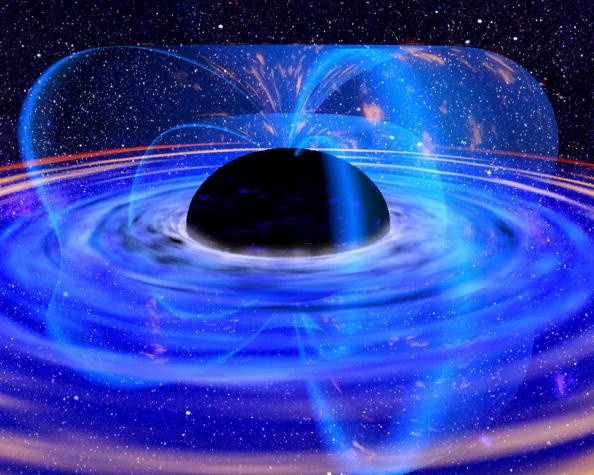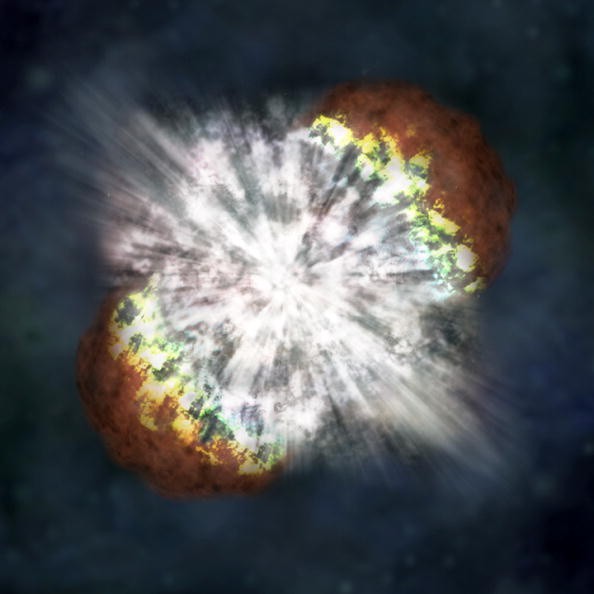The mysterious black hole jet was finally solved by NASA's IXPE (Imaging X-Ray Polarimetry Explorer).

For the past few years, this space phenomenon has confused scientists. It comes from the blazar, one of the brightest space objects.
Blazars have supermassive black holes that swallow space materials around them in a disk. These black holes then create two powerful jets.
These black holes can accelerate to high energies, which baffles space experts. Thanks to IXPE, scientists now have the answer to why they have high energies.
Mysterious Black Hole Jet Solved by NASA's IXPE
According to PhysOrg's latest report, NASA's IXPE helped space researchers to find the answer to how the mysterious black hole jet can reach high energy acceleration.

"This is a 40-year-old mystery that we've solved," said the new study's author, Yannios Liodakis, a FINCA (Finnish Centre for Astronomy) astronomer.
He added that they finally have the "pieces of the puzzle."
The new study, titled "Polarized blazar X-rays imply particle acceleration in shocks," was published in the Nature journal on Wednesday, Nov. 23.
The Answer to the Black Hole Jet
NASA's IXPE was used to observe a blazar called Markarian 501, which is located in the constellation Hercules.
This active black hole system is found at the center of a large elliptical galaxy.
Based on the X-ray images generated by IXPE, astronomers discovered that the scenario of the black hole jet matches how a shock wave accelerates jet particles.
Thanks to this, they hypothesize that the black hole jets can reach high energy accelerations because of disturbances in their flows.
You can view this link to learn more about the things revealed by IXPE.
Aside from black hole jets, astronomers are also studying other similar phenomena.
Previously, the Neutrino ghost particles in the South Pole are believed to be from the NGC 1068's black hole.
NASA also detected the most powerful cosmic gamma-ray burst.
For more news updates about black holes and other space objects, keep your tabs open here at TechTimes.
Related Article : Black Hole in a Lab? Scientists Aim to Test Stephen Hawking's Theory, 'Hawking Radiation'
This article is owned by TechTimes
Written by: Griffin Davis
ⓒ 2025 TECHTIMES.com All rights reserved. Do not reproduce without permission.




